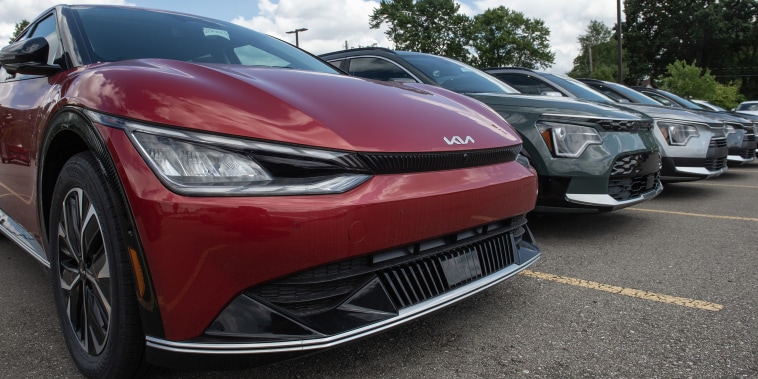As the global automotive industry continues to evolve, electric vehicles (EVs) have emerged as a significant player in the market. However, recent trends indicate a slowdown in EV sales, which has led to a unique opportunity for potential buyers. This year, some drivers could purchase an electric vehicle for as little as $10,000, a price point that was previously unthinkable.
The slowdown in EV sales is attributed to several factors. Firstly, the global pandemic has had a significant impact on the overall automotive industry, with many consumers postponing their plans to buy new vehicles. Secondly, the initial high cost of EVs has been a deterrent for many potential buyers. Lastly, the lack of charging infrastructure in many regions has also been a significant barrier to EV adoption.
Despite these challenges, the slowdown in sales has led to a drop in prices, making EVs more affordable than ever before. Manufacturers are offering substantial discounts and incentives to attract buyers and clear their inventories. For instance, some automakers are offering discounts of up to $9,000 on certain models, bringing the total cost down to around $10,000. This is a significant reduction from the usual price range of $30,000 to $40,000 for most electric vehicles.
Moreover, government incentives and tax credits for EVs can further reduce the cost for buyers. In the United States, for example, the federal government offers a tax credit of up to $7,500 for new electric vehicles. Some states also offer additional incentives, such as rebates, tax credits, and exemptions from emissions testing. When combined with the manufacturer’s discounts, these incentives can make owning an EV a financially viable option for many consumers.
However, it’s important to note that the lower price tag doesn’t mean a compromise on quality or performance. Many of these discounted EVs come with advanced features like regenerative braking, high-capacity batteries, and sophisticated infotainment systems. They also offer the benefits of lower running costs and zero tailpipe emissions, making them a sustainable and economical choice for consumers.
The availability of affordable EVs could also stimulate the development of charging infrastructure. As more people adopt electric vehicles, there will be a greater demand for charging stations, which could encourage governments and private companies to invest in this area. This, in turn, could help to address one of the major barriers to EV adoption and further drive the growth of the electric vehicle market.
In conclusion, the slowdown in EV sales presents a unique opportunity for potential buyers. With prices dropping to as low as $10,000, owning an electric vehicle is becoming an increasingly affordable option. This trend, combined with government incentives and the environmental benefits of EVs, could help to accelerate the transition to sustainable transportation.

